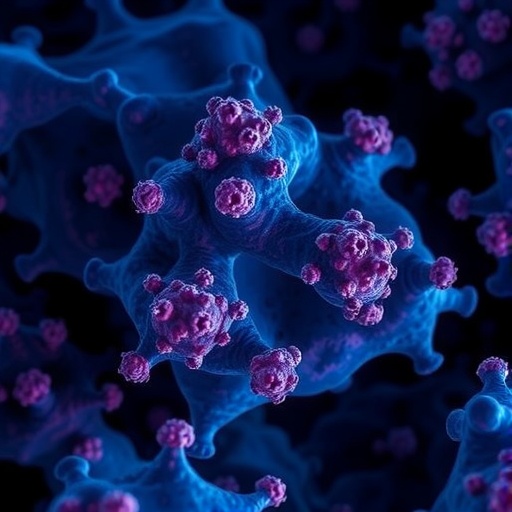Bottom Line: A smartwatch coupled with a machine learning algorithm was able to detect irregular heartbeat, or atrial fibrillation (AF), with high accuracy in a small group of patients undergoing treatment to restore normal heart rhythm but with lower accuracy in a larger group of people with a self-reported history of AF.
Why The Research Is Interesting: Atrial fibrillation affects 34 million people worldwide and is a leading cause of stroke. AF often has no symptoms and it can go undetected until a stroke happens. There is interest in readily accessible ways to monitor for AF.
Who and When: 9,750 participants with an Apple Watch enrolled in the Health eHeart Study, including 347 with self-reported AF, and another group of 51 patients undergoing cardioversion, a treatment using medication or electricity, to restore regular heart rhythm from 2016 to March 2017; participants wore smartwatches to collect heart rate and step count data as part of the development and training of a deep neural network, which is a type of machine learning algorithm, to detect AF.
What (Study Measures): Validation of the neural network to detect AF with 51 patients undergoing cardioversion compared against the standard of 12-lead electrocardiography (ECG); and a second exploratory analysis using smartwatch data from 1,617 ambulatory individuals to classify those with AF compared against self-reported AF
How (Study Design): This was an observational study. Researchers were not intervening for purposes of the study and cannot control all the natural differences that could explain the study findings.
Authors: Gregory M. Marcus, M.D., M.A.S., University of California, San Francisco, and co-authors
Study Limitation: All participants already owned a smartwatch or, among the patients undergoing cardioversion, had a coordinator provide assistance; therefore, it is possible these results would not generalize to less tech-savvy individuals.
Study Conclusions: These data support further research regarding the use of commercially available smartwatches coupled with a deep neural network for the purpose of detecting AF.
###
Related material: The editorial, "Moving From Big Data to Deep Learning – The Case of Atrial Fibrillation," by Mintu P. Turakhia, M.D., M.A.S., of the Stanford University School of Medicine, Stanford, California, is also available on the For The Media website.
For more details and to read the full study, please visit the For The Media website.
(doi:10.1001/jamacardio.2018.0136)
Editor's Note: Please see the article for additional information, including other authors, author contributions and affiliations, financial disclosures, funding and support, etc.
Want to embed a link to this study in your story? Link will be live at the embargo time http://jamanetwork.com/journals/jamacardiology/fullarticle/10.1001/jamacardio.2018.0136
Media Contact
Scott Maier
[email protected]
@JAMACardio




